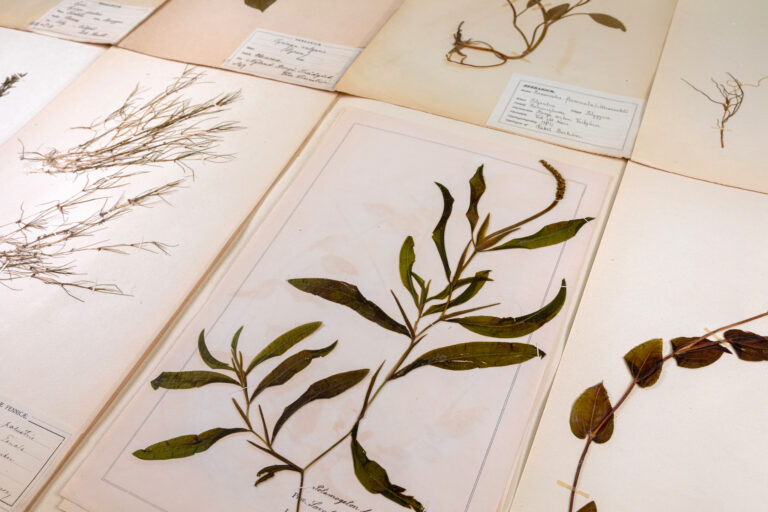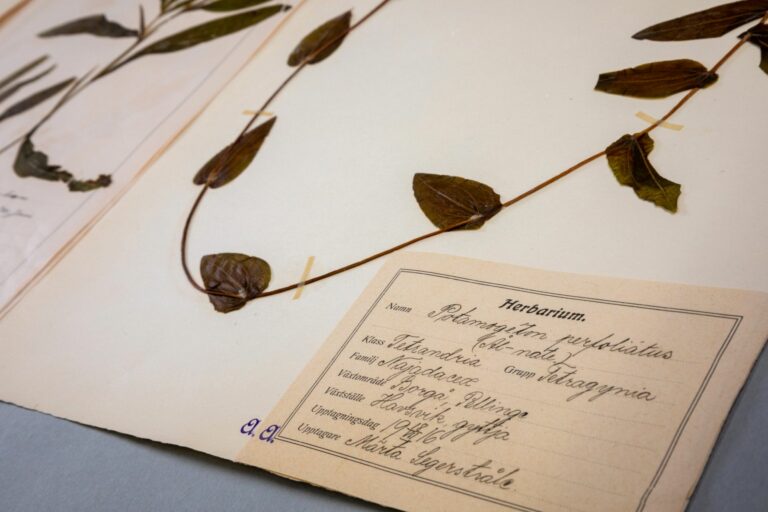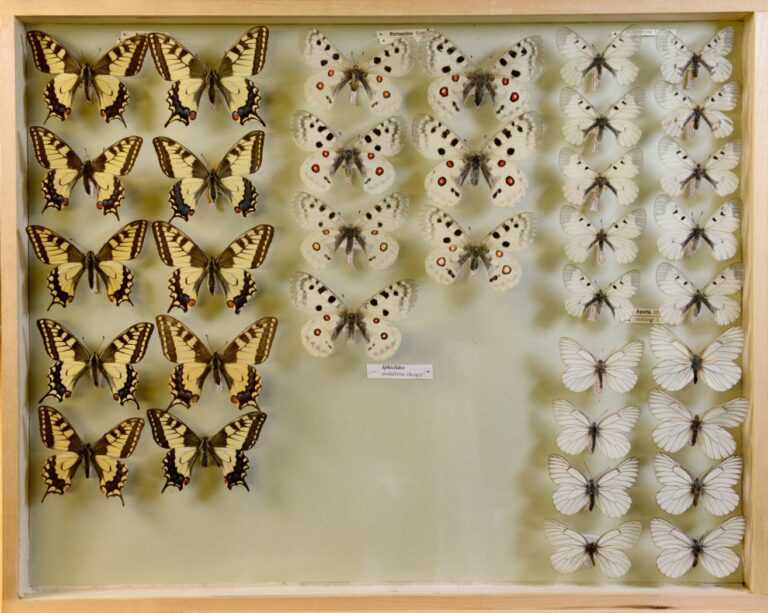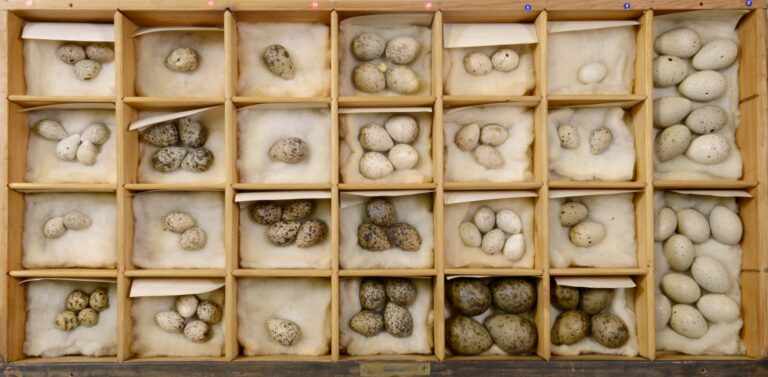The geological collections of Porvoo Museum contain minerals and different types of rock from all around Finland. The specimens from abroad contain both cut and uncut semi-precious stones, as well as fossils.
One of the most famous geologic specimens in Porvoo Museum is the stone meteorite that fell in the Bjurböle Bay in 12. March 1899. The meteorite is a chondrite, which means it consists of small grains of mineral and has a granular appearance. It originates from the asteroid belt between Mars and Jupiter. Meteorites are very valuable research subjects, because due to the time they have spent in space, they have not been subjected to the same geological upheavals as the material found on Earth, and therefore meteorites contain information that cannot be found in stones found on Earth.




